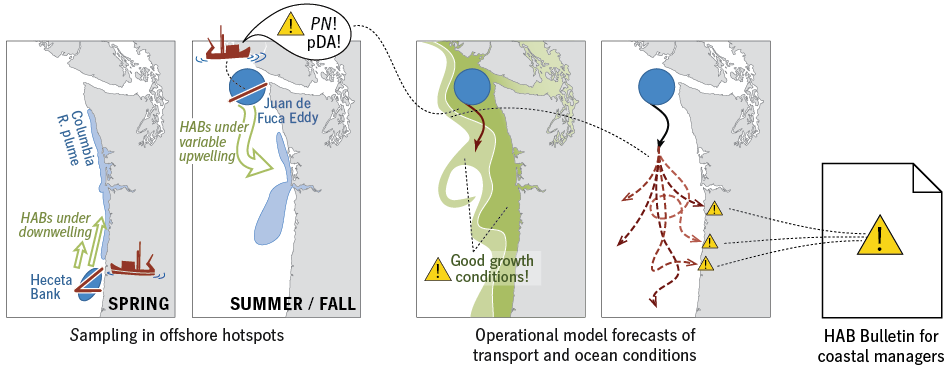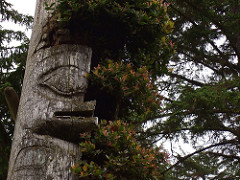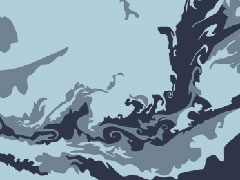Early warning for Pseudo-nitzschia HABs on Pacific Northwest beaches: From plankton ecology to operational decision support
Certain species of the phytoplankton Pseudo-nitzschia (PN) produce a potent neurotoxin, domoic acid (DA), that bioaccumulates in shellfish, and can cause severe illness and death in humans. Past outbreaks have caused fisheries closures and millions of dollars of losses to crab and clam harvesters, and contributed to the death of many species of marine mammals. … Read more



